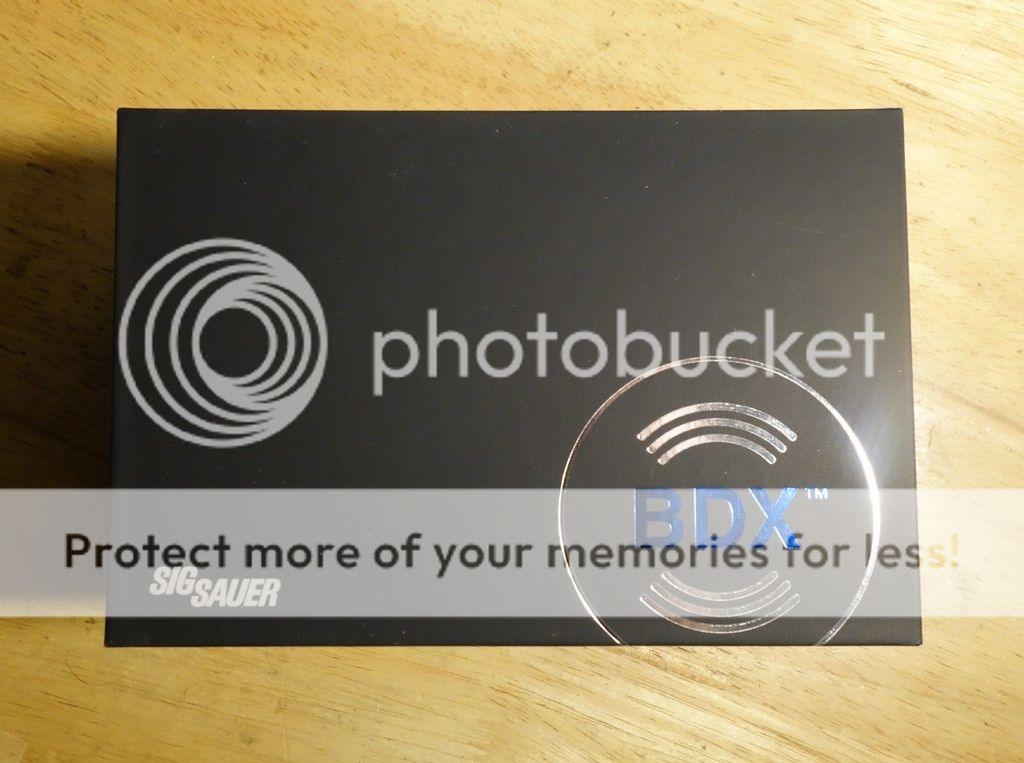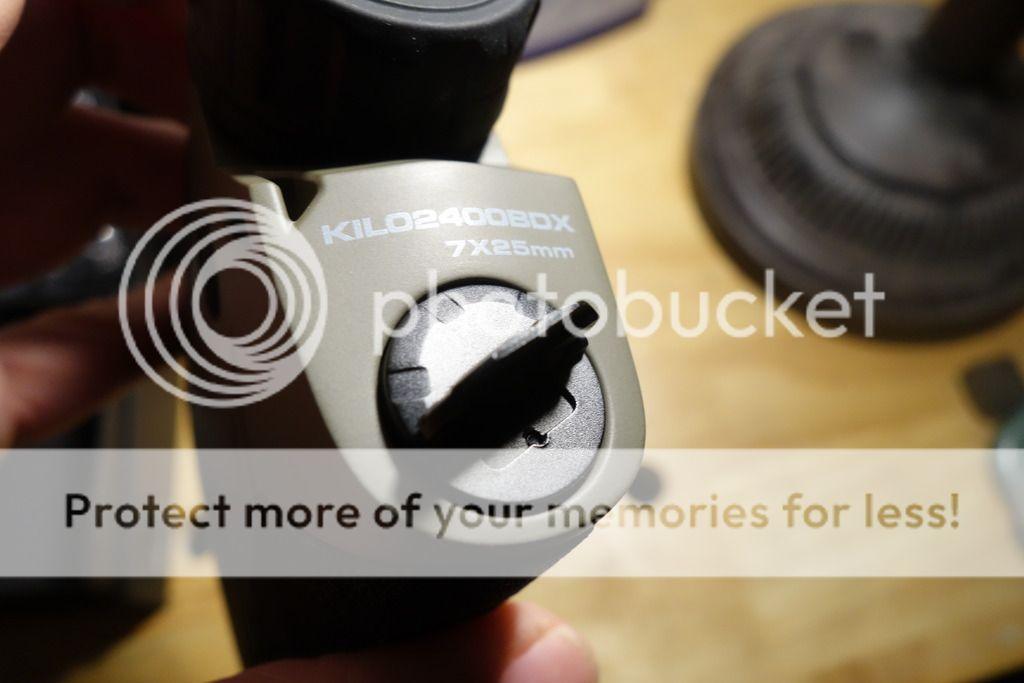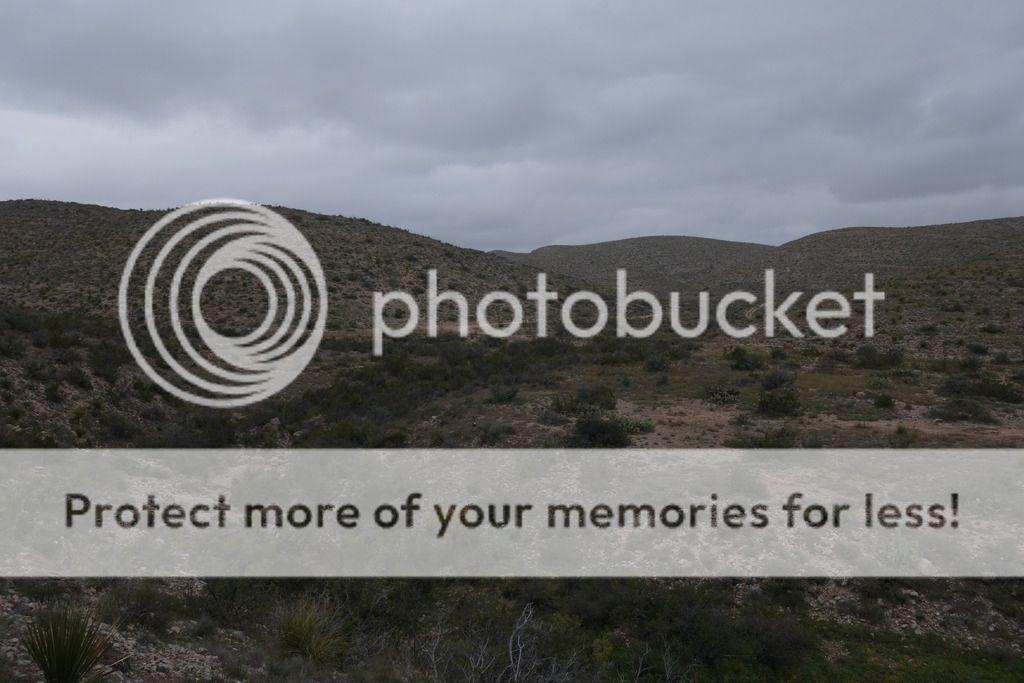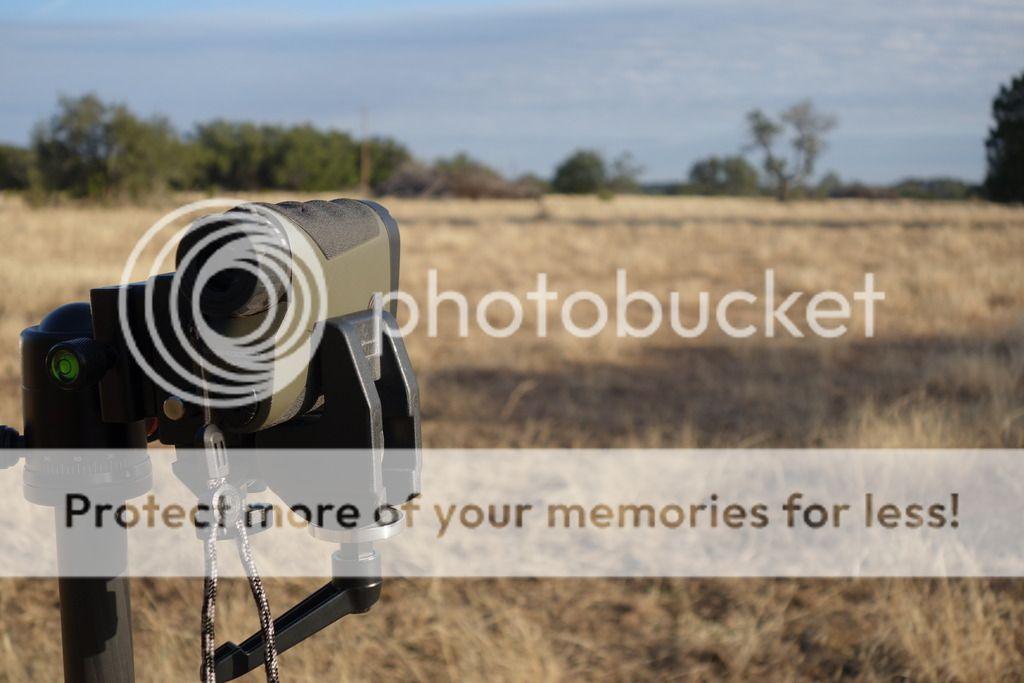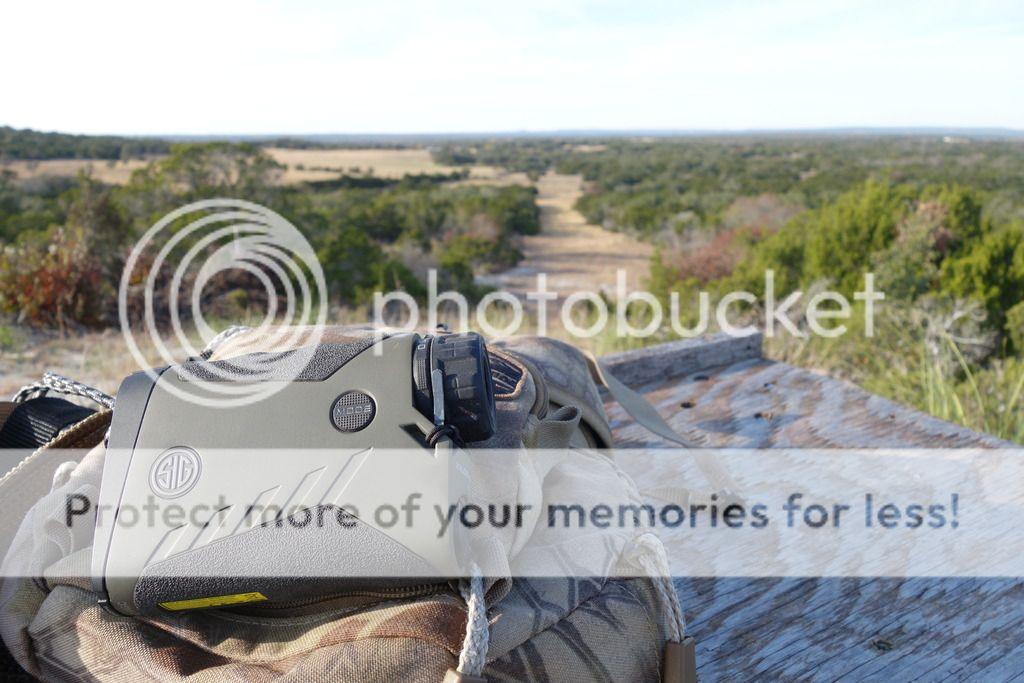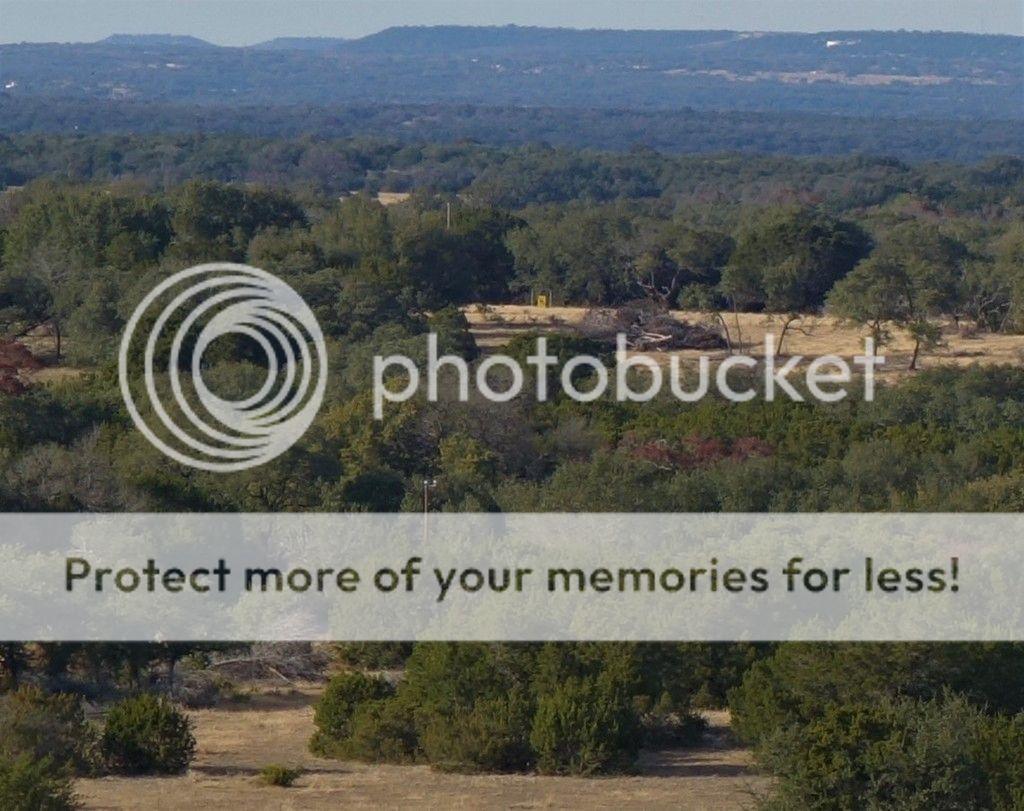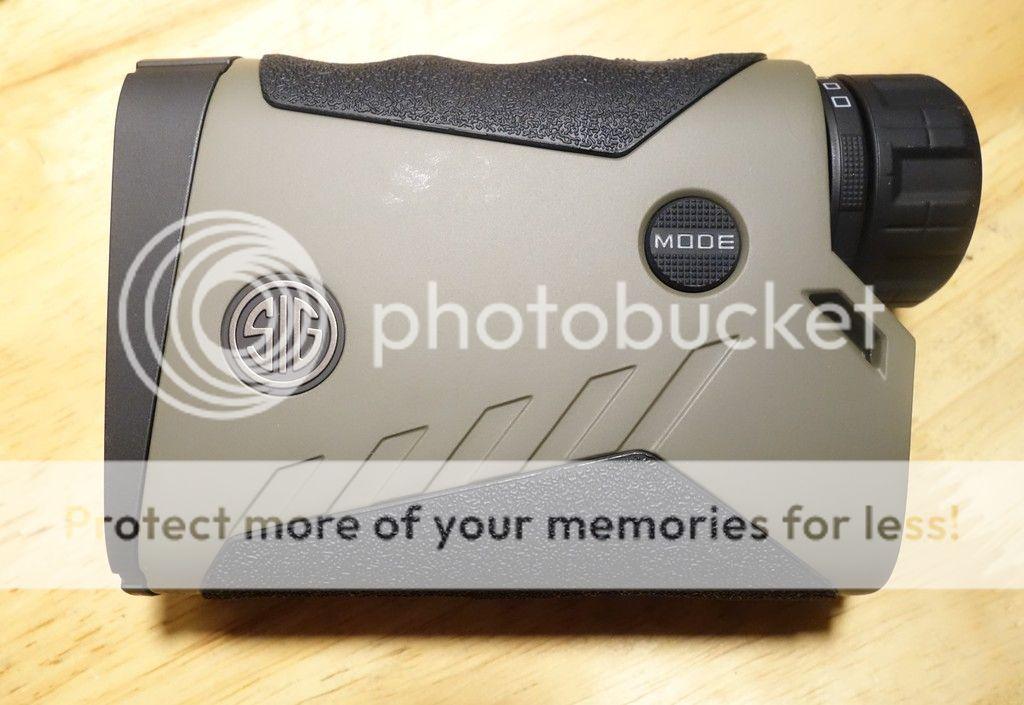This first review will cover the Sig 2400 BDX, it's general function, optics, and it's ranging performance. The second review will look at the Sierra 3 scope in the BDX platform and its integration with the RF, as well as provide some thoughts on how the 2400 BDX stacks up vs the 2400 ABS option.
For many years, with a very few very high-end exceptions, Leica had the 'mostly top shelf' spot locked up for itself. As is usually the case when that happens, someone notices that there is plenty of room on that shelf for a good competitor. Enter Sig Electo-optics. I think it is safe to say that heads were turned when they released their Kilo series of rangefinders that could compete with Leica, and were doing so at a lower price point.
Since that time, it's been a race, and Sig has been going full bore. Their iteration schedule has been extremely aggressive, which has allowed them to innovate at a high rate. The 2400 ABS is a great example of this, combining significant ranging power with arguably the best ballistic solution on the market. While not perfect in everyone's eyes, and perhaps out of reach financially for many shooters, it is definitely a flag in the sand.
Ballistic Data Exchange
For many people, though, this solution was not all they wanted it to be. Sig recognized this some time ago and have been working on a solution that, while not as integrated, is more flexible for some people and solves some issues that some, but by no means all, shooters were concerned about. To round it out, Sig wanted to take it to another level, offering another form of integration that would appeal particularly to hunters.
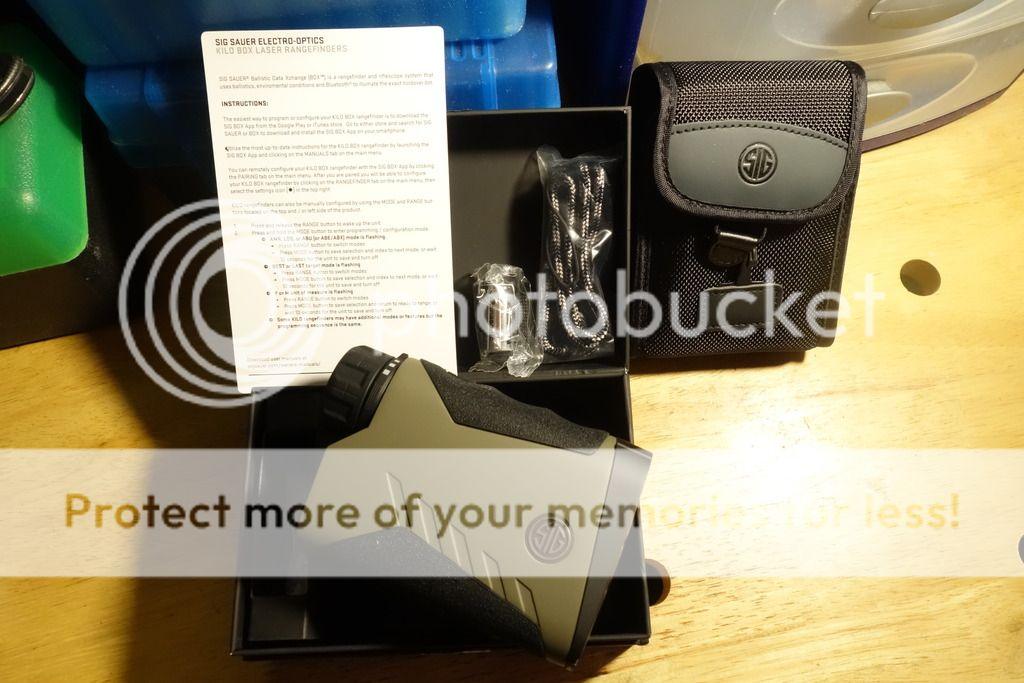
The 2400 BDX comes with a lanyard, battery, carrying pouch and quick start card. Most instructions are accessed online, along with the app and a lot of video content about the system
This all came together in the BDX (Ballistic Data Exchange) line of rangefinders, and now, integratable scopes. The BDX line has several rangefinders to fit the budget of most hunters. Up to the BDX 2200, they differ from the previous Kilo line via capabilities enabled by their Bluetooth connection ability. This allows the user to input ballistic and environmental data from an app on their phone to the RF so that when they range the target, they receive a ballistic solution out to 800 yards., via the onboard AB Ultralite software. AB ultralite differs from the full AB suite (such as what is loaded on the 2400 ABS) in that it does not consider higher level forces like coriolis, spin drift, etc…Ostensibly, this is why the data return is limited to 800 yards. While BDX RF's do not have on board environmental sensors (like the ABS does), the ballistic and environmental data is stored in the RF once it is uploaded from the app, but if the RF and the app are left connected, and if there is cell signal, the app will continually update the environmental data based on what it pulls from the nearest weather station. If there is no cell service or they are not connected, it defaults to what was last loaded into the RF.
The top RF in this line at this time, the 2400 BDX, takes connectivity one step further. It takes all of the capabilities and choices of the rest of the BDX line and adds connectivity with full AB Suite devices like the Kestrel Elite, and now, the Garmin Foretrex. For shooters that opt for the 2400, they gain the ability to connect in real time with one of these devices, so that when they range, the distance and angle is transmitted to the AB device, and a full AB solution (same as one would get on a 2400 ABS) is transmitted back and displayed in the rangefinder (both distance and wind hold). The distance is only limited to what you can range with the RF, so the solution is the complete package.
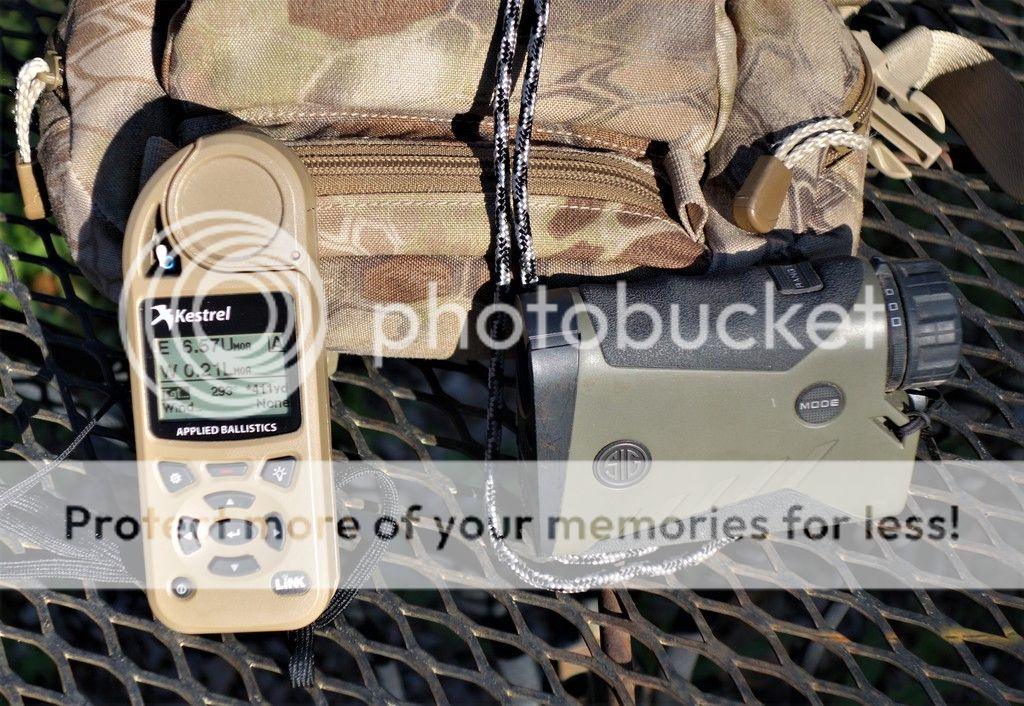
The BDX system offers users a lot of choice. One of it's most powerful configurations comes via wireless integration with AB Elite devices like the Kestrel 5700 and the Foretrex 701
So in summary, you have three ways you can run the 2400 BDX with ballistic returns (you can also run angle modified range only for bowhunting etc.). First, you can load your environmental and ballistic data on the RF via phone, and then run it stand alone with ballistic returns. Second, you can keep it connected to your phone while in the field so that environmental data is updated in real time where there is cell signal, or manually if not. And third, you can run it connected to an AB Elite device, allowing the AB to do all the environmental and ballistic work, which will display on screen in both the 2400 and on the AB device.
The other major difference between the Kilo and BDX lines is the connectivity capability with BDX scopes. Essentially, when the two are connected, the scope displays both wind and elevation holds automatically in the scope via illuminated dots. So the shooter only needs to range the target, and if the scope and RF are connected, the proper aiming point will be illuminated in the scope based on the ballistic and environmental data loaded in the RF. I'll cover the scope and RF combo working together in a follow-up to this review, but so far, I am more impressed with the utility of this package than I thought I would be.
There are some other tech features that I'll skip over, but suffice it to say, Sig is hitting their stride in the electro portion of Electo-Optics, and in the BDX line, they have created a solution that allows the user to decide just how far they want to go. From stand alone RF all the way to a fully integrated system, shooters can decide how much tech, and how much money, they want to put into their shooting system. It allows configurability and an upgrade path to fit any budget and timeline.
Ergonomics
The 2400 BDX follows in the same line as previous Sig's in terms of build. It is pretty much identical to the 2400 ABS, which is to say a bit wider than a Leica, with a distinct feel of robustness, due to it's metal body and rubber armor. The eyecups twist out to adjust for eye relief, and the diopter, though it does not lock, is very stiff and very unlikely to move.
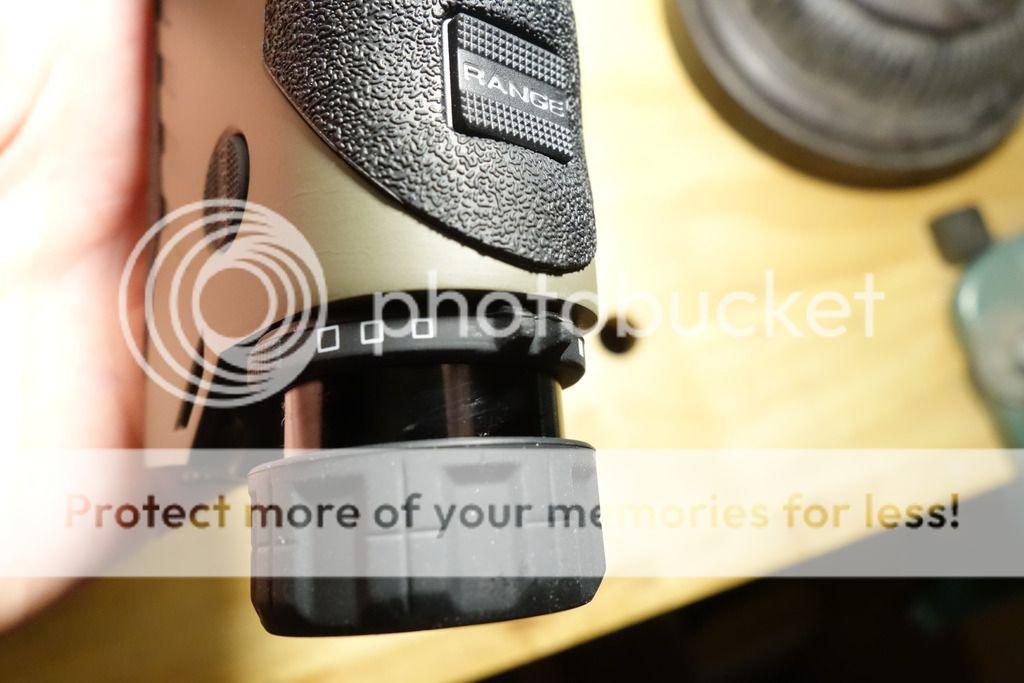
The diopter ring can be hard to turn, but it's stiffness ensures it does not move accidentally. There is also a great deal of adjustment in the eyepiece. When fully retracted, it worked fine for me even with my glasses on
I particularly liked the battery cap, which has a flip up portion to make removal very easy. It is o-ring sealed as well, helping the 2400 achieve its IPX-7 rating.
The one thing I found that could be improved on is the ranging button, which is slightly recessed to prevent accidental actuations. It works fine with warm hands, but I found actuating it with numb fingers inside gloves sometimes difficult enough so I would remove my gloves to get it done in some cases. A little taller button would strike a better balance between usability and protection, at least for me, but YMMV. But overall, like the 2400 ABS, this is a well made, very solid piece of kit that feels good in the hand and seems built to take some abuse.

